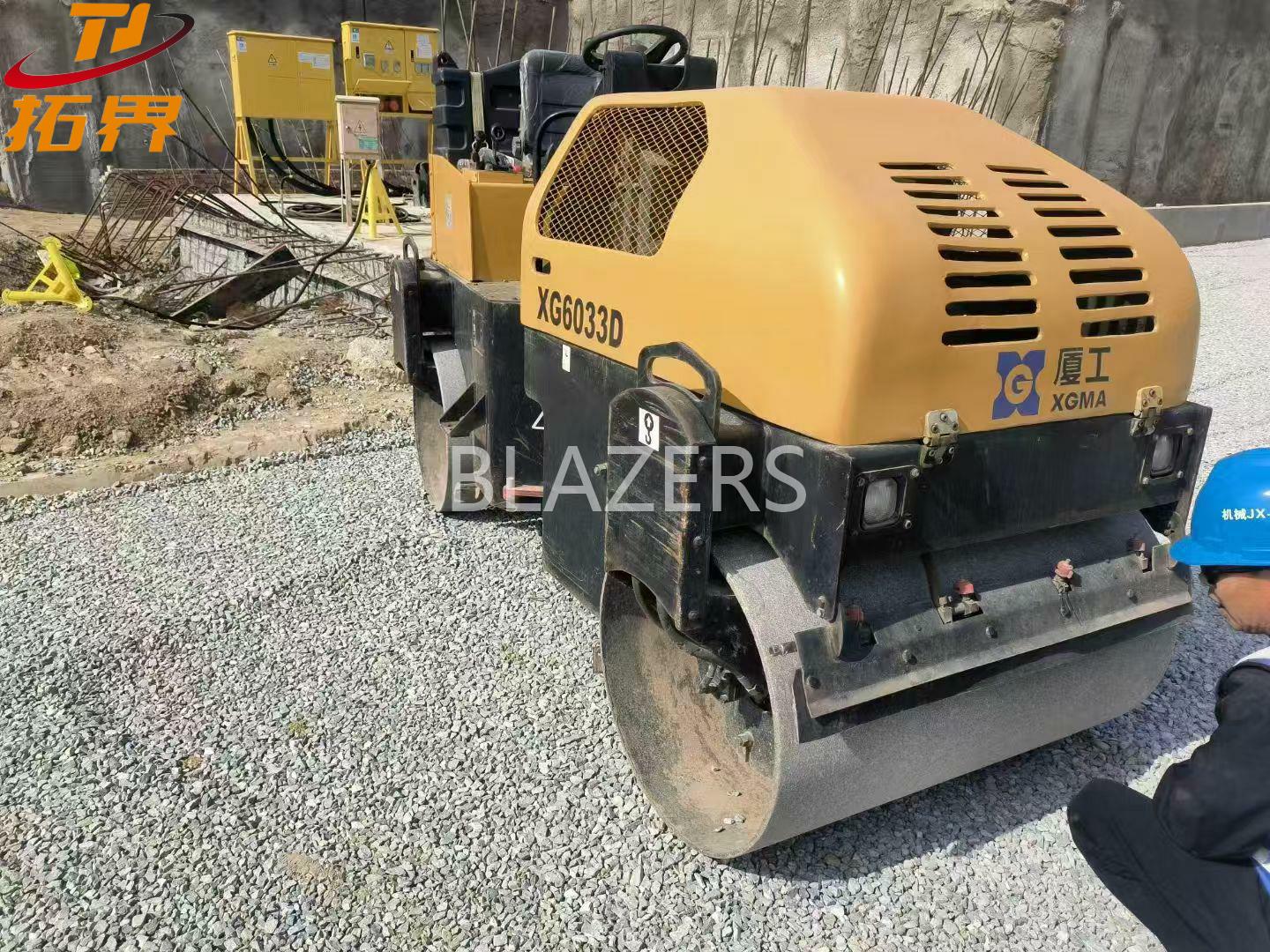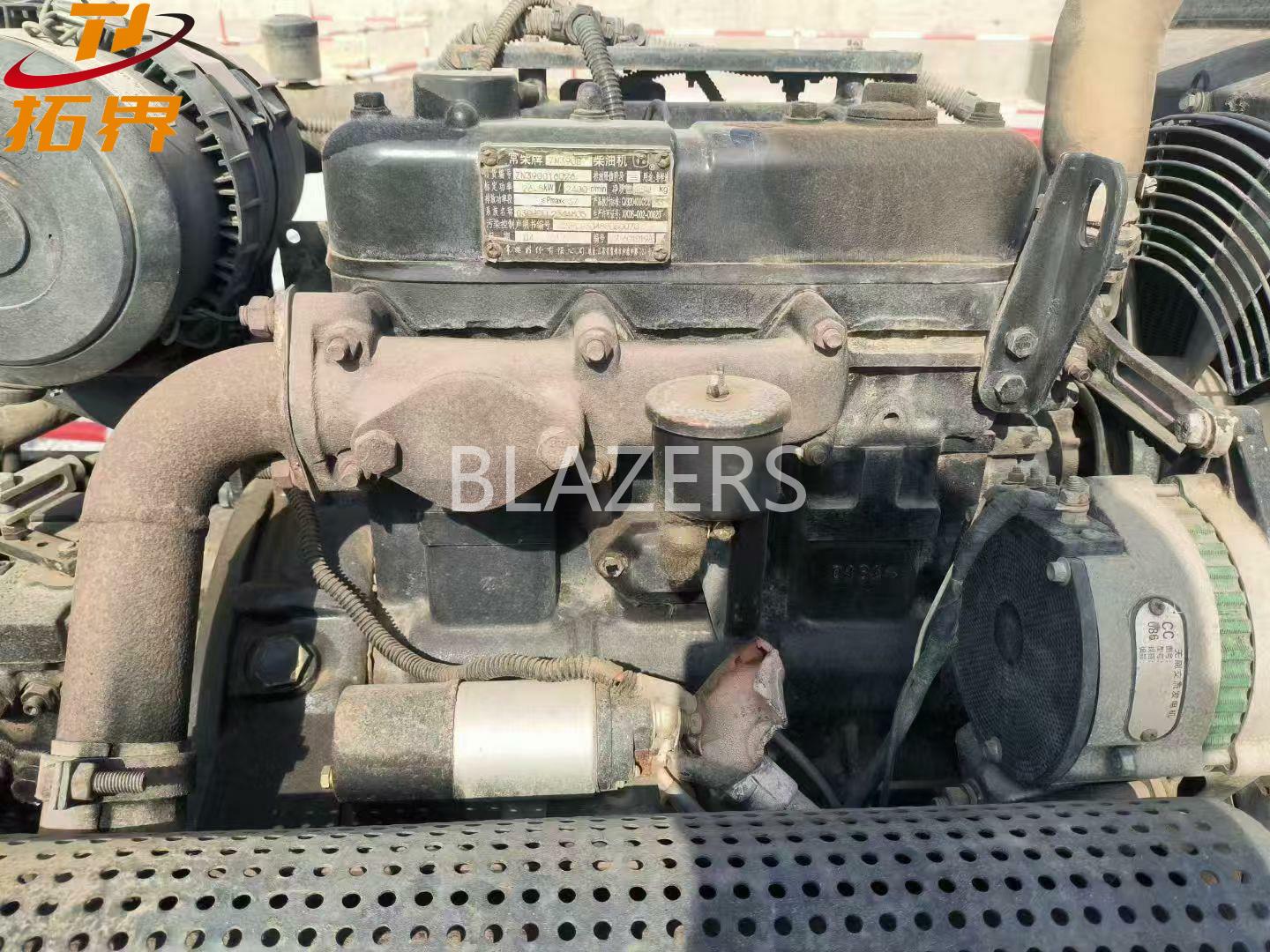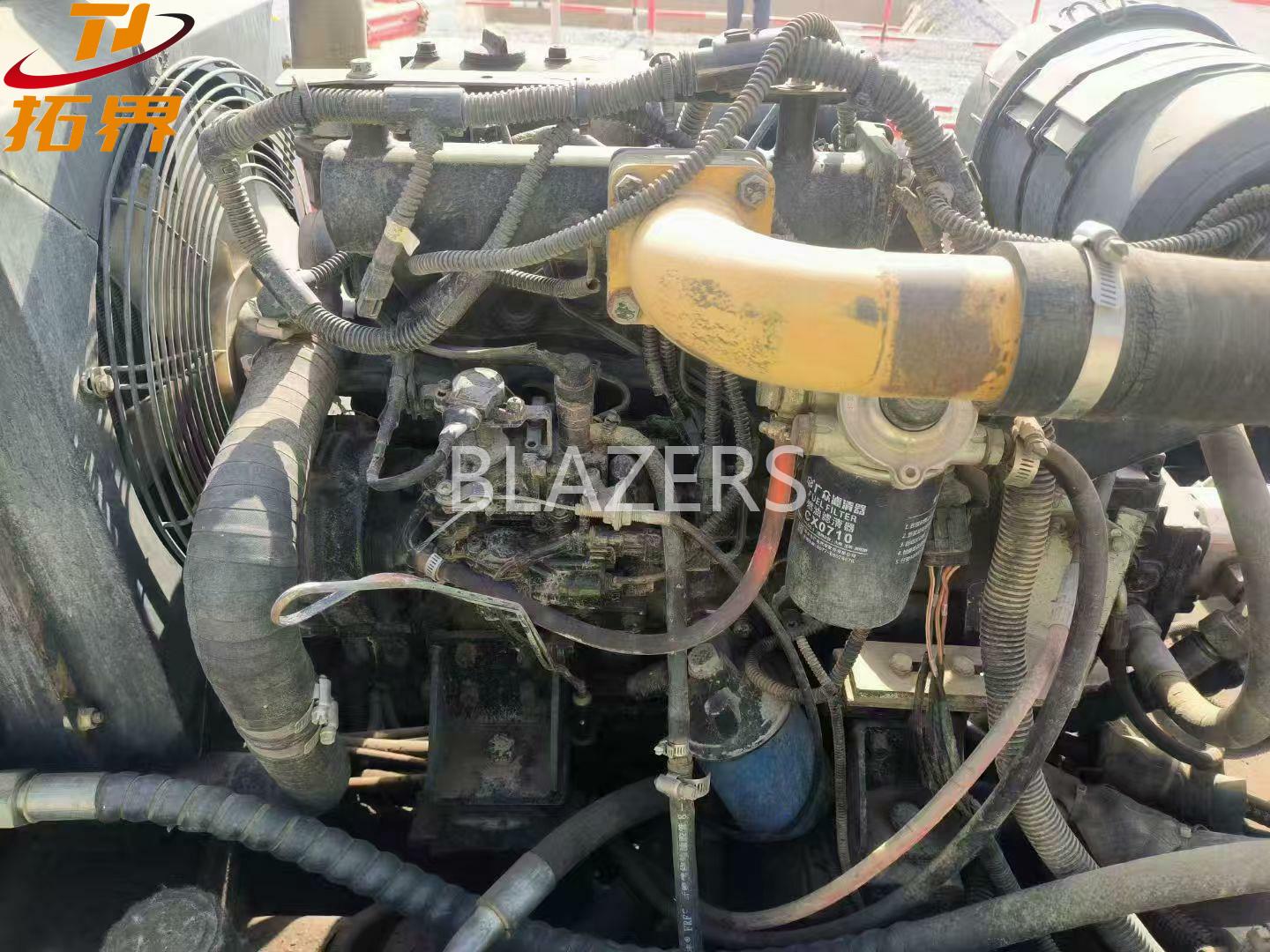The XG6033D compact roller from XCMG nimbly maneuvers through narrow streets and alleys. Its dual steel wheel design ensures uniform compaction, and it is highly reliable and stable in performance. This machine is highly efficient and durable in urban road repair, significantly enhancing construction efficiency.
About XCMG XG6033D Double Steel Wheel Roller
Narrate
This 2017 XG6033D Shangong machine is a reliable companion that travels through streets and construction sites. Over the past seven years, it has proven itself in countless urban repair and small-scale compaction tasks. With its dual steel wheels operating smoothly and providing uniform and solid compaction, it is particularly flexible in narrow spaces. The machine is well maintained, with its core components in good condition and stable performance. The hydraulic system is powerful, and the surface of the steel wheels remains smooth and effective. Now it is ready to go, eagerly awaiting to continue working efficiently on new land and creating value for its next owner.

In the global circulation of second-hand construction machinery, we always uphold a simple principle: the true condition of the equipment should not be buried by paint and polishing. For every road roller, excavator or loader that is about to cross the ocean, we will present its wear and tear traces to you in full detail. You will see the oil stains map formed on the hydraulic pipes over the years, touch the unpolished metal edges at the steering hinge, and even distinguish the oxidized rust spots on the engine nameplate through high-definition images. These seemingly rough details are the true gauge for evaluating the vitality of steel.

XCMG XG6033D Specificaion
Model: XG6033D (Mechanical single-drum vibratory roller)
Operating weight: 3.2 tons (Drum distribution mass: 2.1 tons)
Dimensions: L×W×H:3120×1180×2200mm
Wheelbase: 1600mm
Engine: Yuchai 4F20TC (Turbocharged)
Rated power: 24kW @ 2200rpm
Peak torque: 96N·m @ 1800rpm
Fuel tank capacity: 38L (≈10h endurance)
Frequency:50Hz- 35Hz
Amplitude: 0.3mm-0.8mm
Centrifugal force:28kN- 42kN
Compaction width: 1180mm
Gradeability: ≥30%
Travel speed:
Forward: 0-5km/h (Stepless transmission)
Reverse: 0-3km/h
Turning radius: Inner 2.1m / Outer 3.7m
Braking system: Shoe brake + Emergency parking

Daily Maintenance Checklist for Road Roller
1. Check Fluid Levels & Fuel
Inspect engine oil, hydraulic oil, transmission oil, and coolant levels (using dipstick or sight glass); fuel tank level. In hot weather (like current summer), coolant inspection is particularly critical to prevent engine overheating and shutdown.
2. Inspect Filters & Air Intake System
Check the cleanliness of air filter, fuel filter, and hydraulic oil filter; inspect air intake system for blockages. Lightly tap the air filter to remove dust (replace if severely dirty); ensure the filter element is undamaged. This step prevents contaminants from entering the engine, reducing 80% of early wear risk. At dusty construction sites (e.g., roadwork), daily air filter cleaning significantly enhances equipment efficiency.
3. Inspect Ground Contact Components & Brakes
Check tire/steel wheel pressure and wear (using tire pressure gauge); brake fluid level and braking performance (test by pedal depression); tightness of steel wheel or tire bolts. Daily inspections identify potential issues (e.g., loose bolts), preventing downtime repair costs.
4. Clean Machine & Check Fasteners
Remove mud, asphalt residue, and water stains from the roller’s surface; inspect critical fasteners (e.g., engine mounts, roller connection bolts). Clean with a soft brush or low-pressure water jet to avoid damaging electrical components. Post-cleaning, a tidy appearance improves heat dissipation. During rainy seasons, cleaning prevents corrosion, extending equipment life by 5+ years.
5. Operational Test
Start the equipment; check dashboard indicators (e.g., oil pressure, battery voltage); listen for abnormal noises/vibrations; test steering and compaction functions. Limit runtime to 2–3 minutes; stop immediately for troubleshooting if warning lights activate. Daily tests enable early fault detection (e.g., hydraulic system noise), reducing 30% of unexpected repair costs.